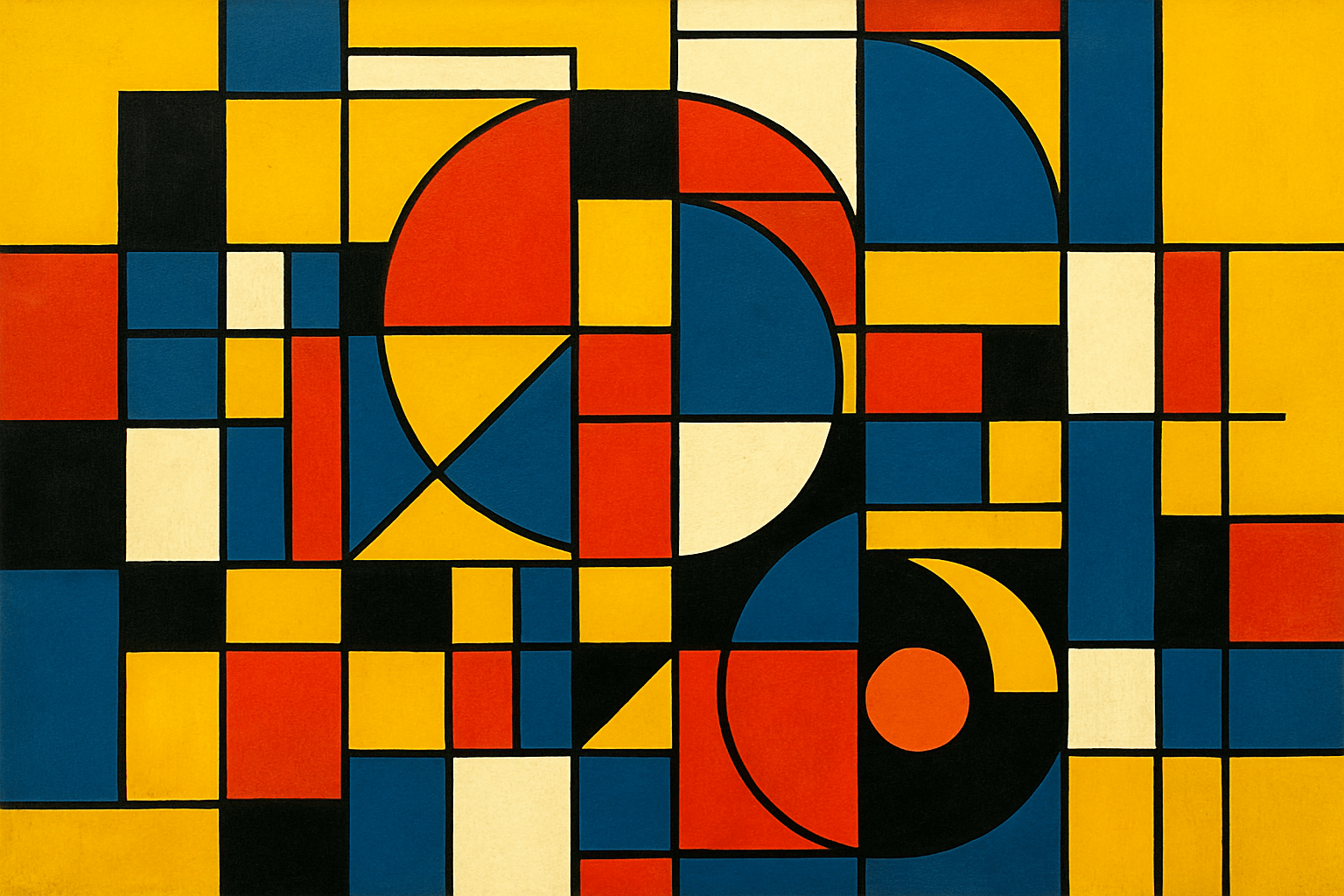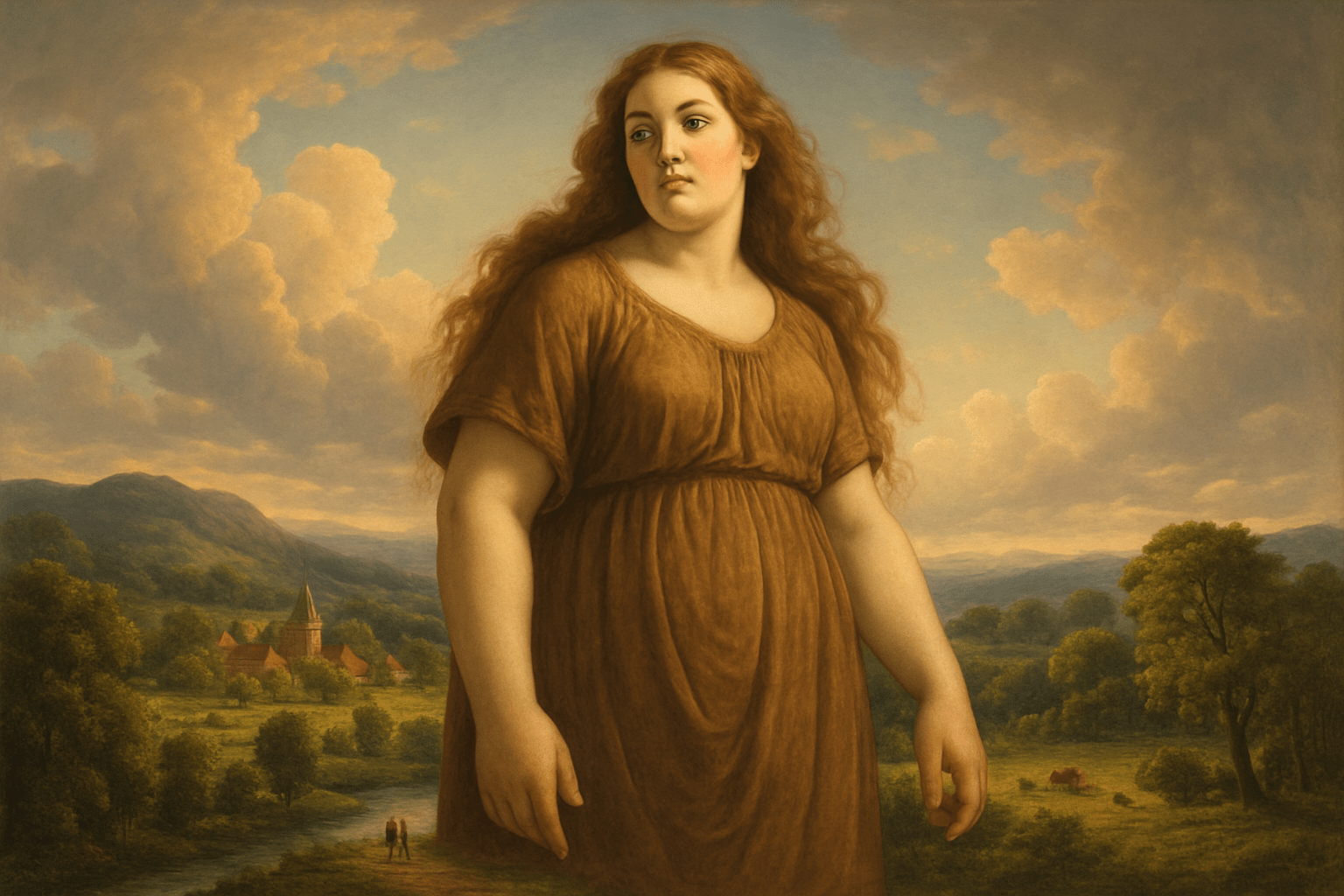
Constructivism
The art style Constructivism is characterized by its use of geometric shapes and its focus on functionality. The colors used in Constructivism are often muted and the overall look is one of simplicity.
AOI thinking about Constructivism [+_~]-/
Overview and Quickfacts
Constructivism was an art movement that originated in Russia in the early 20th century. It was a reaction against the traditional art styles of the time, which the Constructivists believed were outdated and no longer relevant. Instead, they sought to create a new type of art that was more in line with the modern world. Constructivism was a major influence on the development of 20th century art, and its ideas can still be seen in many contemporary artists’ work.
Can understand it also, as:
Constructivism: a theory of knowledge that holds that humans generate knowledge and meaning from their interactions with the world
Categorize it as:
Impressionism, Modernism
.: Dreaming :.
holds a HAIKU for the art style
:. Thought is power .:
Detailed Description
Constructivism was an art movement that originated in Russia in the early 20th century. It was a reaction against the traditional art styles of the time, which the Constructivists believed were outdated and no longer relevant. Constructivism was about creating new, modern art that reflected the industrial age. It was a very geometric and abstract style, often using simple shapes and colors. Some of the most famous Constructivist artists include Vladimir Tatlin, Alexander Rodchenko, and El Lissitzky. One of the most famous Constructivist paintings is Tatlin’s “Monument to the Third International” (1919-1920).
.. beep, beep, beep ..
<START OF TRANSMISSION>
1. Constructivism is a theory of knowledge that argues that humans construct their own understanding of the world through their experiences and interactions with others. 2. Constructivism is a response to the problems of traditional, objective knowledge that is seen as detached from human experience. 3. Constructivism emphasizes the active role of the learner in constructing knowledge. 4. Constructivism views knowledge as something that is constructed through social interaction and experience. 5. Constructivism is a social theory of learning that emphasizes the importance of culture, context, and social interaction in the construction of knowledge. 6. Constructivism is a theory of learning that has its roots in the work of Jean Piaget. 7. Constructivism is an approach to learning that emphasizes the learner's ability to construct meaning from experience. 8. Constructivism is a theory of learning that has been influenced by the work of Lev Vygotsky. 9. Constructivism is an approach to education that emphasizes the role of the learner in the construction of knowledge. 10. Constructivism is an approach to learning that emphasizes the importance of the learner's prior knowledge and experiences. 11. Constructivism is an approach to learning that emphasizes the importance of the learner's ability to make connections between new and prior knowledge. 12. Constructivism is an approach to learning that emphasizes the importance of the learner's ability to construct meaning from experience. 13. Constructivism is an approach to learning that emphasizes the importance of the learner's ability to reflect on their own learning. 14. Constructivism is an approach to learning that emphasizes the importance of the learner's ability to collaborate with others. 15. Constructivism is an approach to learning that emphasizes the importance of the learner's ability to problem-solve. 16. Constructivism is an approach to learning that emphasizes the importance of the learner's ability to think critically. 17. Constructivism is an approach to learning that emphasizes the importance of the learner's ability to communicate their ideas. 18. Constructivism is an approach to learning that emphasizes the importance of the learner's ability to self-regulate their learning. 19. Constructivism is an approach to learning that emphasizes the importance of the learner's ability to take responsibility for their own learning. 20. Constructivism is an approach to learning that emphasizes the importance of the learner's ability to continue learning throughout their life.
<EOF>
.. robbel bob
Visual Examples from our image gallery
Coming soon, we are so slow .. might never come
Artists, Paintings, and more
(be aware, can be highly speculative)
Artists (be aware, speculation possible):
1. Aleksandr Rodchenko (1891-1956) 2. Vladimir Tatlin (1885-1953) 3. Liubov Popova (1889-1924) 4. Varvara Stepanova (1894-1958) 5. Mikhail Larionov (1881-1964) 6. Natalia Goncharova (1881-1962) 7. Kazimir Malevich (1879-1935) 8. El Lissitzky (1890-1941) 9. Lyubov Popova (1889-1924) 10. Olga Rozanova (1886-1918) 11. Varvara Stepanova (1894-1958) 12. Alexander Vesnin (1883-1953) 13. Vladimir Mayakovsky (1893-1930) 14. Antoine Pevsner (1886-1962) 15. Naum Gabo (1890-1977) 16. Arshile Gorky (1904-1948) 17. John Heartfield (1891-1968) 18. Hannah HÃÂöch (1889-1978) 19. LÃÂászlÃÂó Moholy-Nagy (1895-1946) 20. Oskar Schlemmer (1888-1943) 21. Kurt Schwitters (1887-1948) 22. Piet Zwart (1885-1977) 23. Ben Nicholson (1894-1982) 24. Barbara Hepworth (1903-1975) 25. Henry Moore (1898-1986) 26. Jean Arp (1886-1966) 27. Max Bill (1908-1994) 28. Lygia Clark (1920-1988) 29. HÃÂélio Oiticica (1937-1980) 30. JoaquÃÂÃÂn Torres GarcÃÂÃÂa (1874-1949)
Artworks (be aware, speculation possible)
1. “The Black Square” by Kazimir Malevich, 1915 2. “The Red Square” by Kazimir Malevich, 1915 3. “The Third International” by Vladimir Tatlin, 1919 4. “The Dada Wall” by Hans Arp, 1920 5. “The Cabinet of Dr. Caligari” by Hans Richter, 1920 6. “Mural Painting” by Laszlo Moholy-Nagy, 1922 7. “The City” by El Lissitzky, 1922 8. “Proun 1” by El Lissitzky, 1923 9. “Proun 2” by El Lissitzky, 1923 10. “Proun 3” by El Lissitzky, 1923 11. “Proun 4” by El Lissitzky, 1923 12. “Proun 5” by El Lissitzky, 1923 13. “Proun 6” by El Lissitzky, 1923 14. “Proun 7” by El Lissitzky, 1923 15. “Proun 8” by El Lissitzky, 1923 16. “Proun 9” by El Lissitzky, 1923 17. “Proun 10” by El Lissitzky, 1923 18. “Proun 11” by El Lissitzky, 1923 19. “Proun 12” by El Lissitzky, 1923 20. “Proun 13” by El Lissitzky, 1923 21. “Proun 14” by El Lissitzky, 1923 22. “Proun 15” by El Lissitzky, 1923 23. “Proun 16” by El Lissitzky, 1923 24. “Proun 17” by El Lissitzky, 1923 25. “Proun 18” by El Lissitzky, 1923 26. “Proun 19” by El Lissitzky, 1923 27. “Proun 20” by El Lissitzky, 1923 28. “Proun 21” by El Lissitzky, 1923 29. “Proun 22” by El Lissitzky, 1923 30. “Proun 23” by El Lissitzky, 1923
Epoch
The time period of the art style Constructivism is generally considered to be from the early 1920s to the mid-1920s.
AI ART RESSOURCES (AKA, well Tools)
Helping tools -> predefined search links on other pages:











